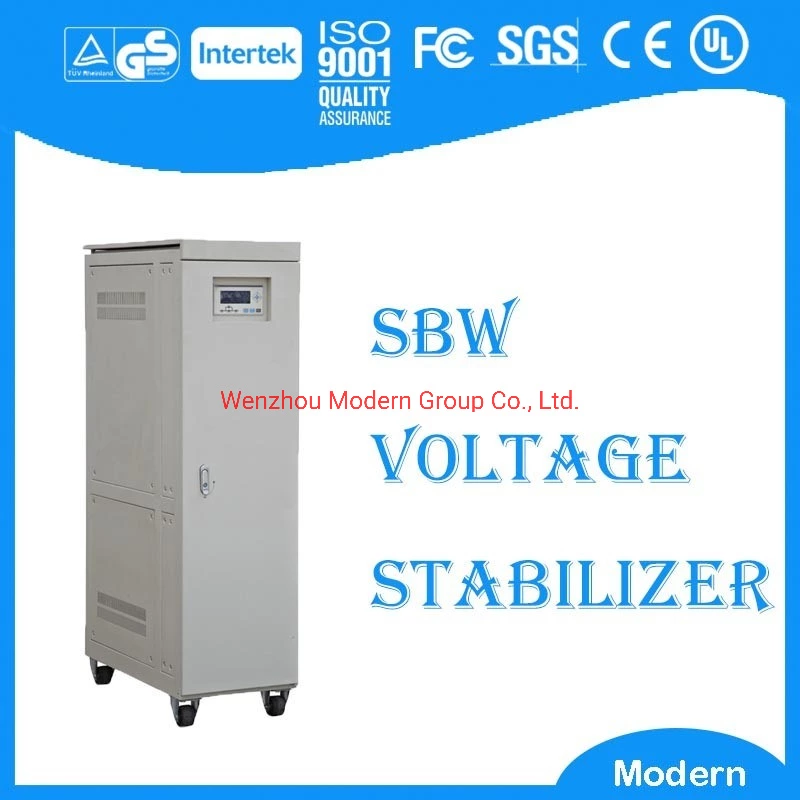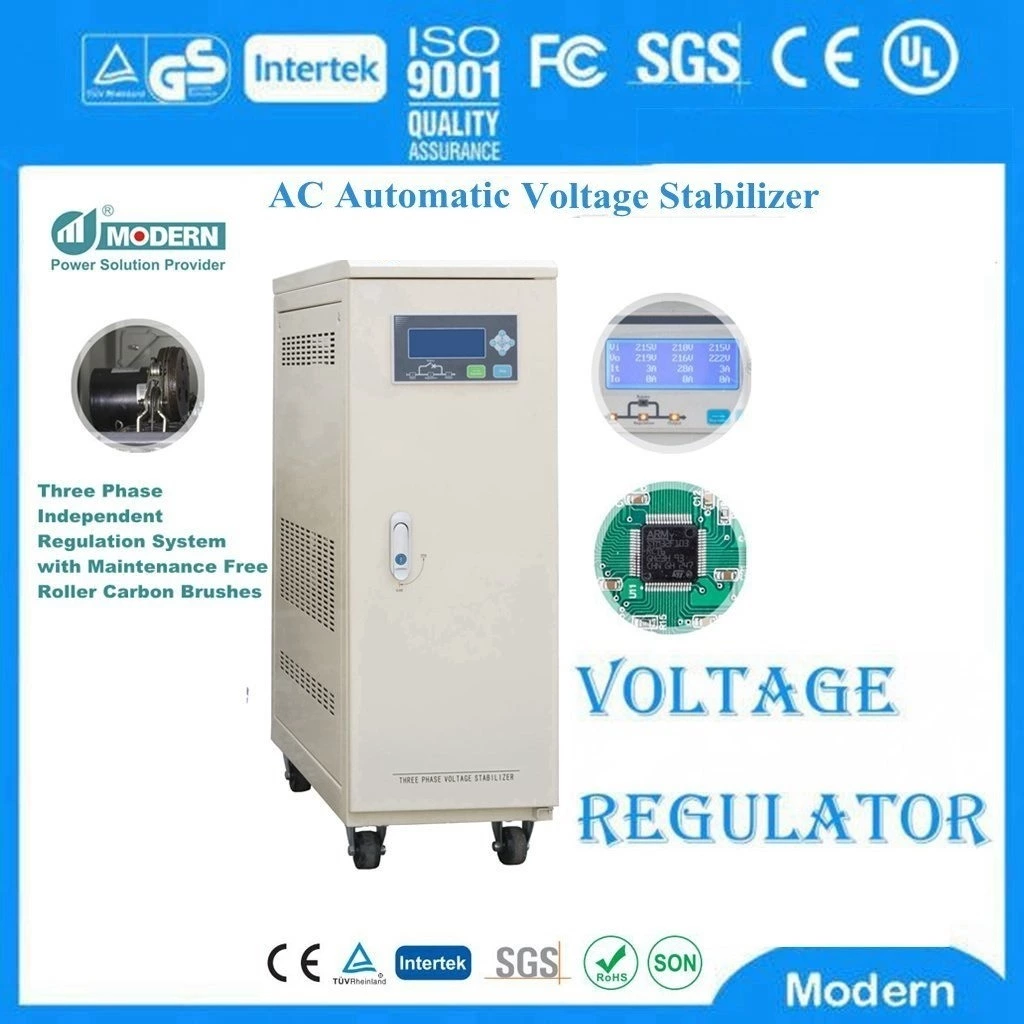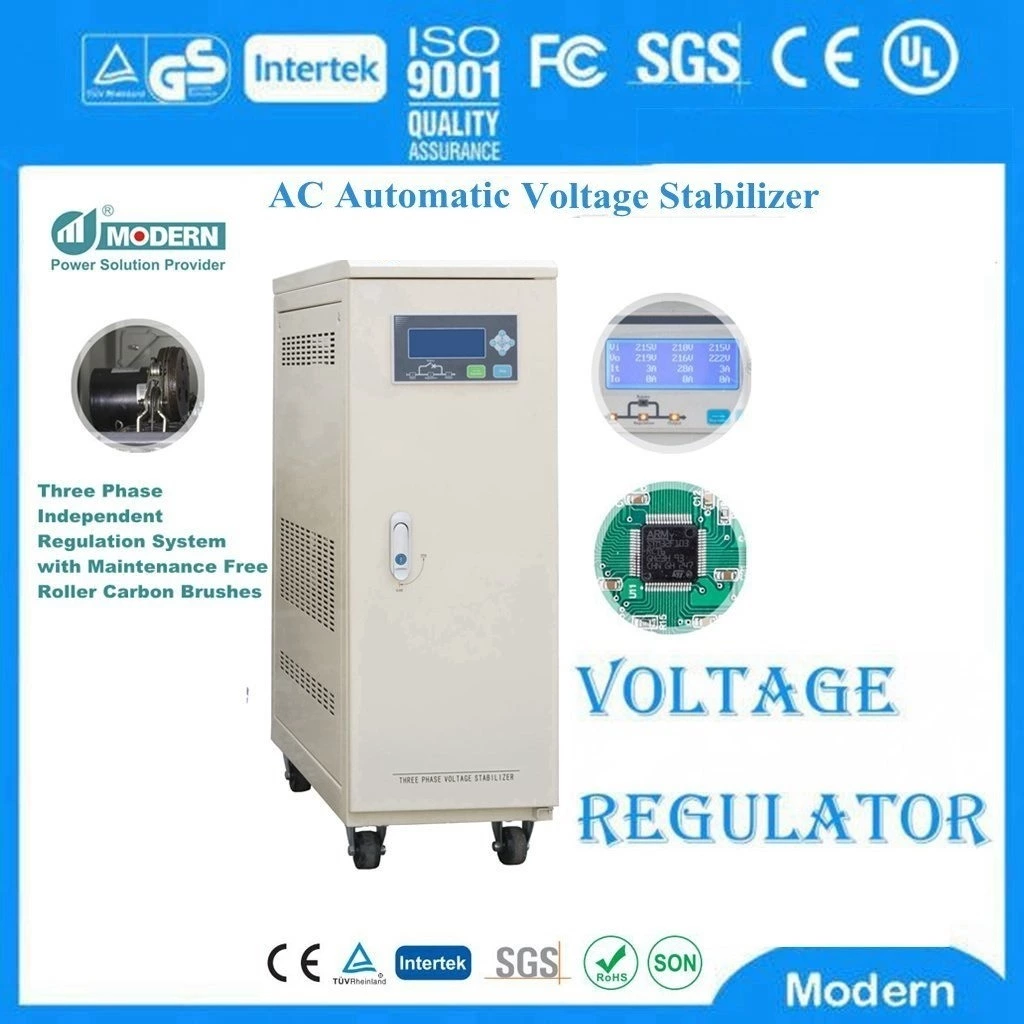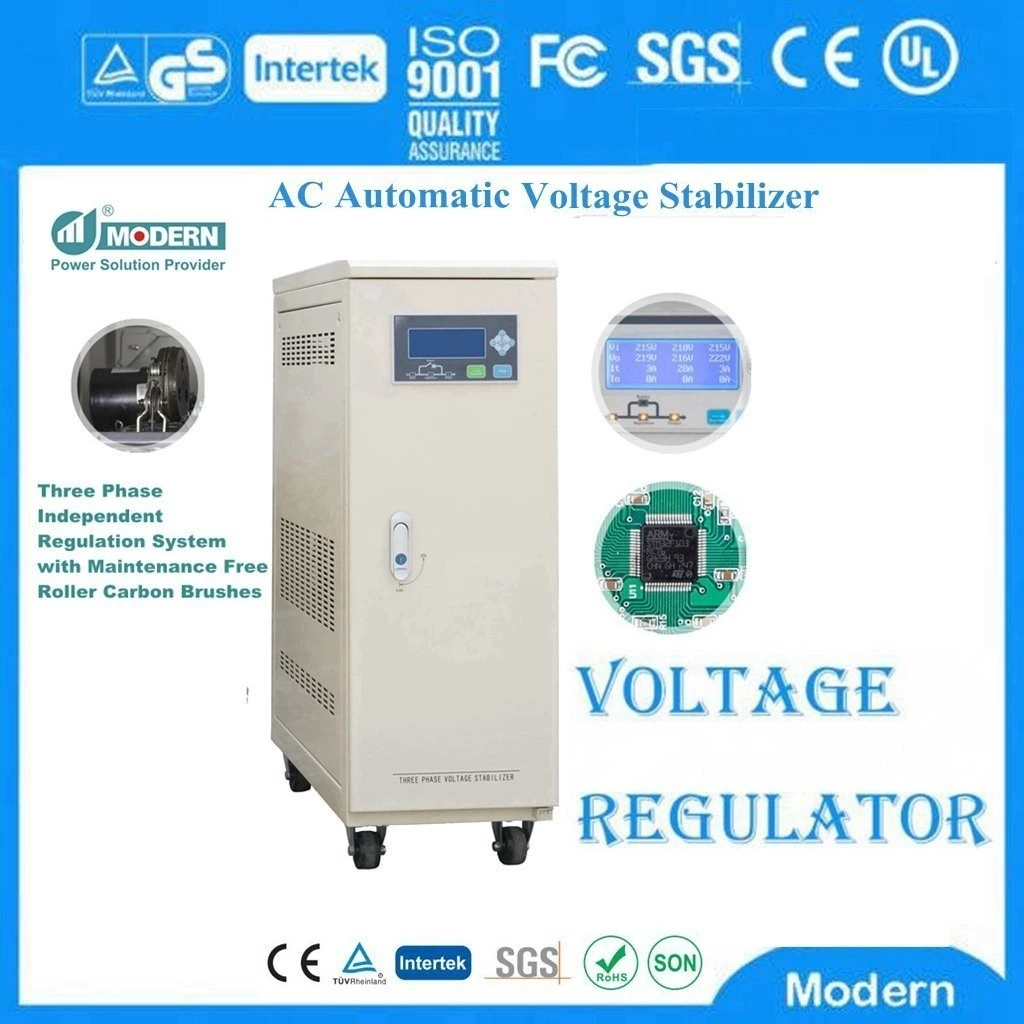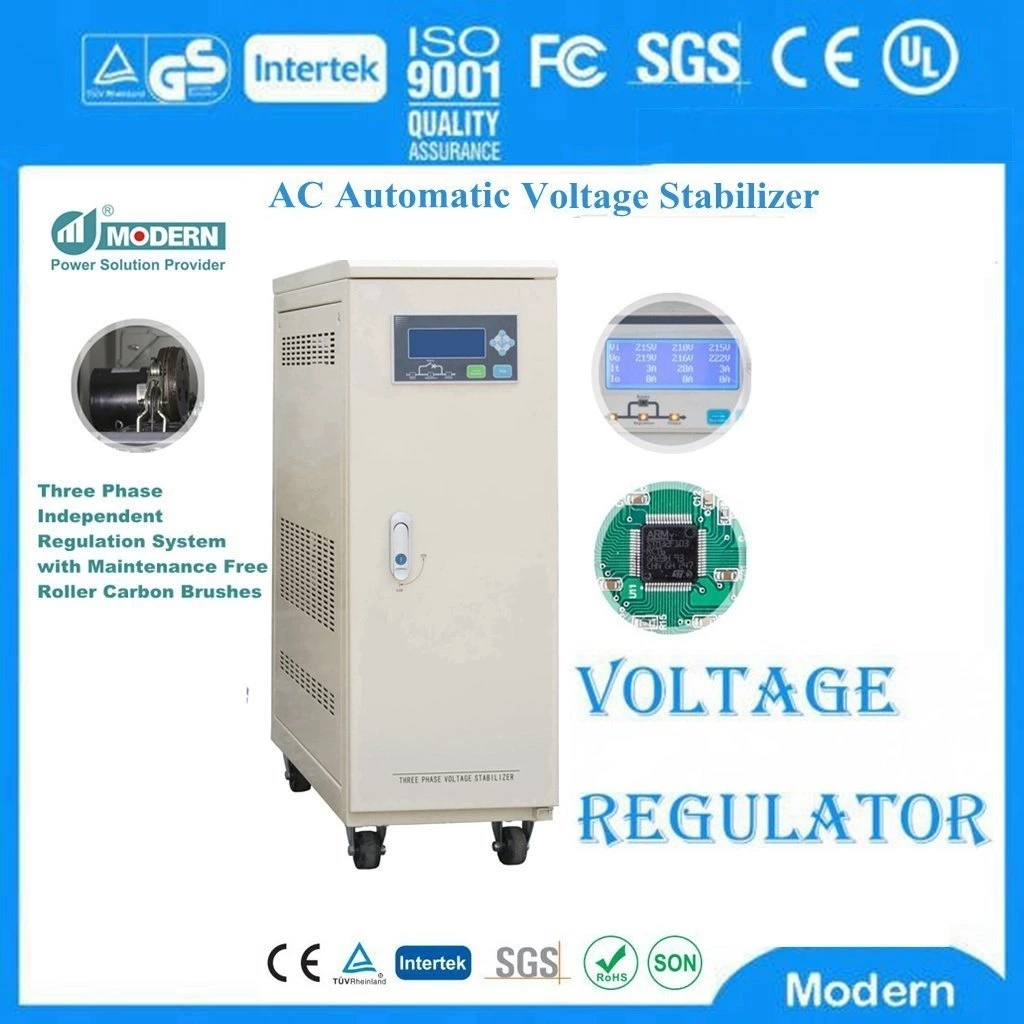Uninterruptible Power Supply Classification
Uninterruptible Power Supply(UPS) According to the new standard IEC (International Electrotechnical Commission), it is divided into the following three categories according to its structure and operating principle:
(1) Passive backup UPS power supply
Refers to the inverter connected in parallel between the mains and the load and is simply used as a backup power supply. For this type of UPS power supply, when the mains power is normal, the load is completely and directly powered by the mains power, the inverter does not perform any power conversion, and the battery is powered by an independent charger; when the mains power is abnormal, the load is completely powered by the inverter.
Passive backup UPS has the advantages of simple structure and the lowest price. It is used for some non-important loads, such as home computers. However, when the mains power is cut off, the relay switches the inverter to the load. The switching time is relatively long, generally requiring a few milliseconds of interruption, so slightly important computer equipment should not use passive backup UPS power supply.
(2) Online interactive UPS power supply
Refers to the inverter connected in parallel between the mains and the load, acting as a backup power supply, and the inverter acts as a charger to charge the battery. Through the reversible operation of the inverter, it interacts with the mains, so it is called interactive. For this type of UPS power supply, when the mains is normal, the load is powered by the improved mains, and the inverter acts as a charger to charge the battery. At this time, the inverter acts as an AC/DC converter; when the mains fails, the load is completely powered by the inverter. At this time, the inverter acts as a DC/AC converter.
Online interactive UPS has the advantages of simple structure, convenient implementation, easy parallel connection, easy maintenance and repair, high efficiency, low operating cost, and high reliability of the whole machine. The performance meets certain load requirements and is particularly suitable for systems where some computer equipment in the network uses distributed power supply. The disadvantage of this power supply is that the voltage stabilization performance is not high, especially the dynamic response speed is low. Secondly, the anti-interference ability is not strong, and the circuit will generate harmonic interference and modulation interference.
(3) Double conversion UPS power supply
Refers to the inverter connected in series between the AC input and the load, and the power supply continuously supplies power to the load through the inverter. The power supply mode of this UPS power supply is as follows: when the mains power is normal, the mains power supplies power to the load through the rectifier and inverter; when the mains power is abnormal, the storage device supplies power to the load through the inverter.
Double conversion UPS is the mainstream product of UPS power supply, with good performance, high voltage stability and frequency stability, strong functions, hot backup connection and parallel redundant connection functions. Its disadvantage is that when the capacity is less than 10kVA, its overall efficiency is not high, generally around 85%.
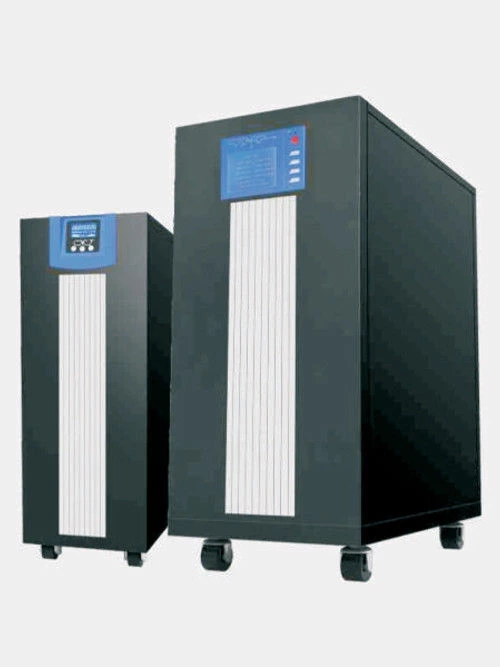
 Русский
Русский
 Français
Français
 Português
Português
 Español
Español
 اللغة العربية
اللغة العربية
